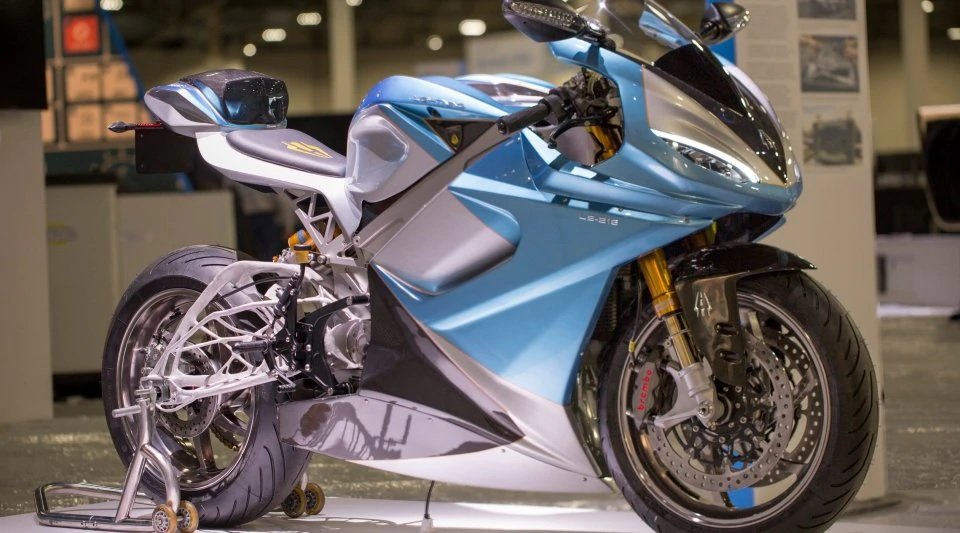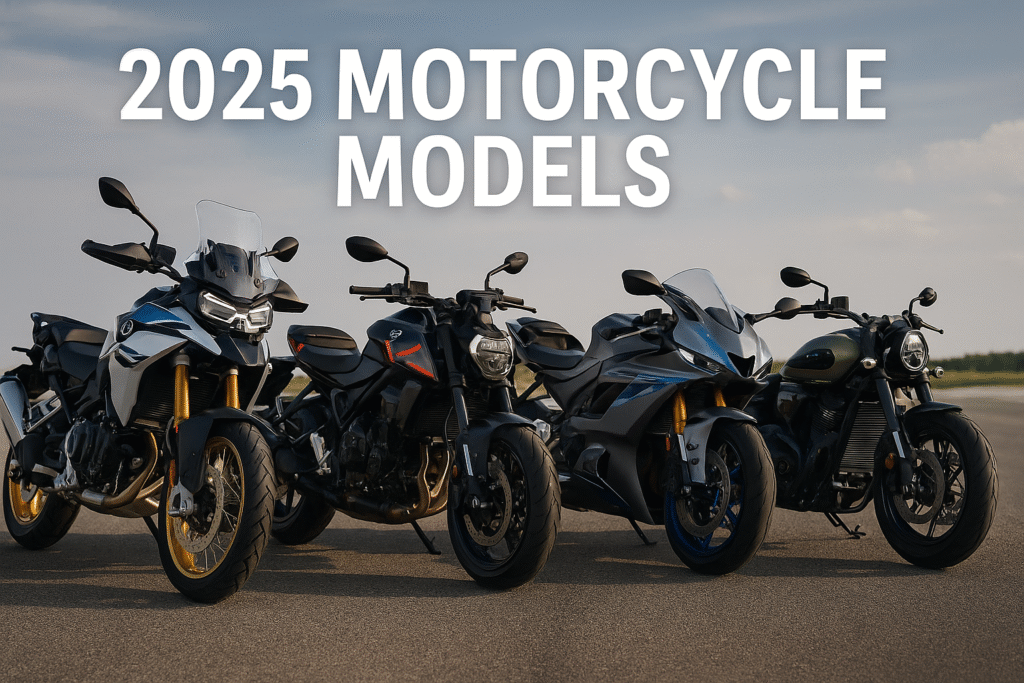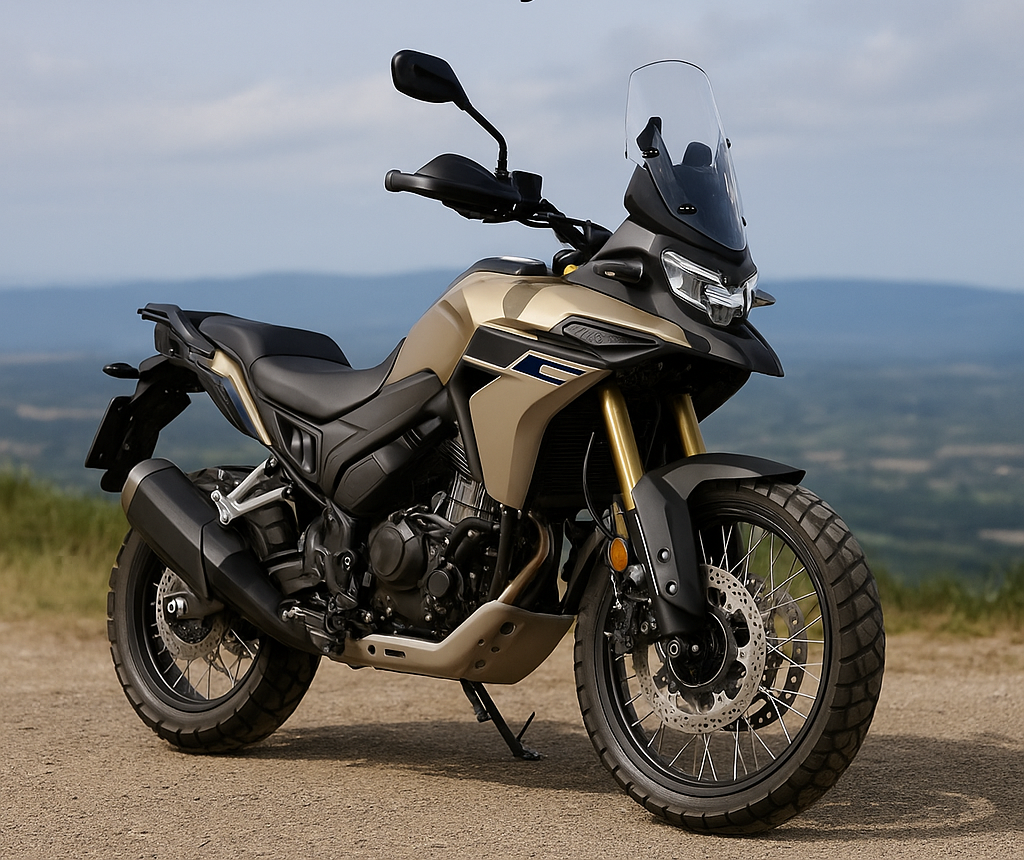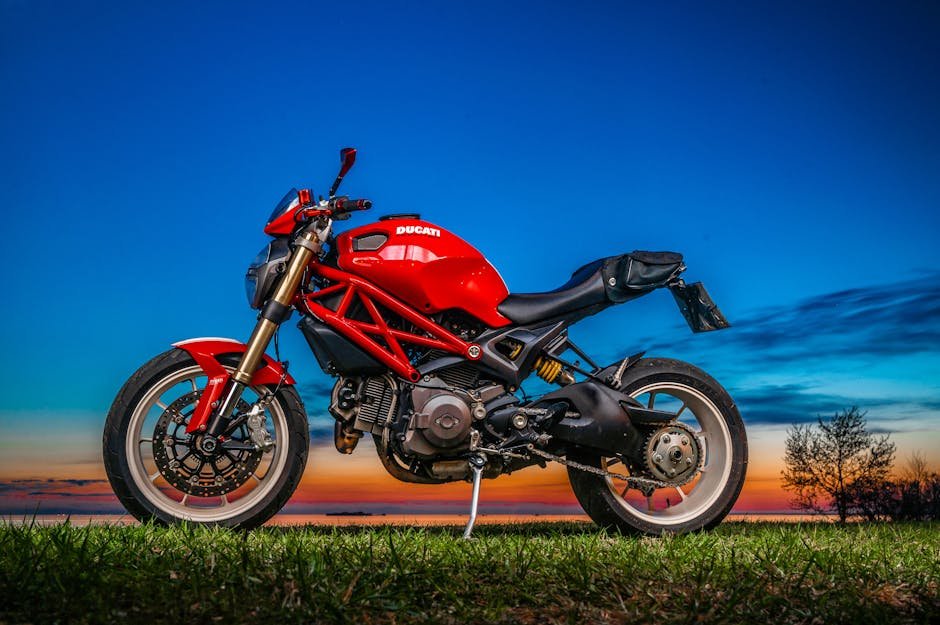Table of Contents
Lightning Motorcycles, producers of the LS-218 electric superbike, have once again made headlines with a daring goal: to eclipse their own land-speed record. The company has hinted at a new model of the Lightning LS-218 electric superbike that not only promises a mind-boggling 250 mph top speed but also the potential to entirely abolish existing electric motorcycle records (and in some cases, even rival gasoline bikes). Commonly referred to by insiders as “LS-218X” while still to be officially named, this prototype will be the latest development in the evolution of Lightning’s existing model. Not only will the new model come enhanced with features such as performance chips and aerodynamic design, but it will also undergo some of the most sophisticated engineering seen yet.
The very thought of a 250-mph run has the motorcycle domain buzzing like never before – can it be that Lightning is moving to recapture the title of the world’s fastest production electric bike, the lightning ls-218, and even possibly push the limits further to a new threshold epitomizing the gas-powered bikes? Let’s continue with what we have thus far and go through the targets that Lightning has set.
Profile – The Pursuit of 250 mph
Lightning LS-218 Features: What Sets It Apart
The digit “218” in the LS-218 title signifies the bike’s incredible top speed run of 218 mph at the Bonneville Salt Flats (2011, rider Paul Thede). Thus, back then, the LS-218 was the fastest production motorcycle (electric or otherwise) of its time, while it has been holding the fastest production electric motorcycle title for years now.
Fair enough, in the meantime, other contenders have stepped up – like the Voxan Wattman (an electric streamliner variant ridden by Max Biaggi) – have outperformed even more in the electric category (the Voxan hit 254 mph in a one-way run with a streamlined bike). Lightning is clearly set on the mission of updating the performance of the electric motorcycle industry to that level, where it would be enough to make the companies that are standing in their way droop their desks.
Lightening LS-218 Prototype Innovations:
The 250-mph prototype of Lightning’s is believed to have several special features:
An even more vigorous electric motor:
The latest LS-218 model currently uses a liquid-cooled IPM motor of about 150 kW (200 hp). To reach 250 mph, the Lightning team is expected to produce a motor capable of delivering around 200-250 kW (about 270-335 hp) peak power. Owing to the possibility of changing the voltage and the RPM (raising them) without the regulators having to deal with huge amounts of energy (higher speed gearing etc.) A teaser says that “the Strike motor is capable of extremely high power output when paired with appropriate batteries and controllers,” this implies that perhaps they would opt to use tech from their newer Strike model (which has an axial flux motor variant) and modify it.
To overcome the aerodynamic drag at 250 mph, which is basically considering what a 300+hp gas bike would need, the prototype should deliver some really mind-boggling electric horsepower.
Higher Voltage Battery & Improved Cooling:
Powering a motor of such magnitude, Lightning must have constructed a new battery pack with higher voltage (probably 450-500V instead of Lightening LS-218’s ~380V pack) and very high discharge rates. It may be that they use high-performance cells (with lower total capacity but higher C-rate for output). The capacity could be not massive – a land-speed bike needs only a few minutes of full power operation – but it has to be able to discharge energy extremely fast. Liquid cooling of both the battery and motor/inverter is a must.
In an interview Lightning’s CEO, Richard Hatfield said that the limiting factor for high-speed runs is the keeping of batteries and controller cool enough on the salt flats – so, they have been engineering improved cooling jackets and even exploring the use of active cooling (phase-change or recycled cooling for brief runs may be used).
Aerodynamic Streamlining (“Streetliner” fairing):
The most striking visual change is the ergonomic bodywork. The LS-218 production bike is fast but not fully streamlined – it is a conventional superbike silhouette. For 250 mph, Lightning is developing what they call a “Bonneville fairing” in partnership with a company like Corbin (as hinted by a Cycle World piece). This most likely means a long front fairing with a tall windscreen, possibly even more, enclosing the rider (like a partial “dustbin” fairing) and a streamlined tail section to reduce the drag.
Spy pictures revealed a prototype bike with an extended nose and tail that were quite similar to that of a traditional land-speed racer. They term it a “streetliner” because the vision is to integrate the streamlining of a rideable (though not street-legal in that form) bike shape that still looks like a motorcycle instead of a full capsule. If they achieve 250 mph, it might be in this semi-streamlined version rather than the naked LS form. In any case, the drag coefficient will be vastly improved.
Chassis & Wheels:
Speed is all about stability at such velocities. The prototype likely has a longer wheelbase, maybe a reduced suspension, and may run on special tires rated for 250+ mph (if such tires even exist…sometimes land speed bikes use aircraft tires or custom rubber). We might observe carbon fiber wheels or even solid wheels (less turbulence) being used on the record-attempt version. Lightning might also employ a slightly more relaxed geometry on the steering to keep it more stable as they get near 400 km/h. Other adjustments like extending the swingarm, adding steering dampers – basically, everything that is standard for a high-speed run would be present.
Weight & Visiting Cross Roads:
The base LS-218 bike has the weight of nearly 495 lbs. The prototype may have a higher weight because of the additional battery and fairing, but Lightning might also strip some unnecessary road-going parts. In land-speed, in terms of stability, the heavy mass of the bike is actually the opposite of what it usually is. As long as they have the power at their disposal, it will not be a significant drawback to be heavy. The fully-equipped prototype might top 550-600 lbs, but with an incredible power-to-weight ratio thanks to the electric torque.
Lightning has teased that their crew is setting off again for the Bonneville Salt Flats in Utah and probably the attempt will occur during a land-speed event (like SCTA Speed Week or a private session). They’ve noted in the past that “salt was not good,” which is a common complaint about the track conditions that can inhibit speed due to slippage or bumpiness. They are searching for the combination of the best weather and salt conditions to exceed the 250 mark. They might first target breaking their own 218 mph record and then up the ante.
Record Implications
If Lightening LS-218 reaches 250 mph and it’s officially recorded (by two-way average etc.), it will set a new electric motorcycle record (unless you count the one-way 254 of Voxan, Voxan’s two-way average was lower). It would certainly reaffirm LS-218’s position as the fastest production-based bike, although referring to 250-mph as “production” might be stretching it; it’s more of a prototype for now. But Lightning is hinting that they could offer the “Bonneville fairing and high-power kit” to customers as a kind of option or limited edition for those who want the ultimate LS. It would not likely be street-legal in that trim, but it could be offered to track enthusiasts or collectors.
This move also represents a PR undertaking. Lightning, although having a solid market position, has been quiet these last few years by polishing their barely more affordable Strike model and dealing with the competition from the likes of Energica and Zero in the in the street market. A kick-off of something dramatic, such as a 250-mph run, helps them regain the cutting-edge mantle back – the company is still chasing the limits. Moreover, it can create confidence in the public mind that their main technology (if it can endure speeds of 250 mph on the salt, it must be solid) is robust.
Challenges
Shooting for 250 mph is tricky. The required power increases with the cube of the speed (doubling the speed will require ~8 the power to overcome drag). Even slight aerodynamic instability can spell disaster. Conditions have to be impeccable (no crosswind, strong salt). The rider for Lightning (potentially a pro racer or experienced land-speed rider) will have a lot on the line. the firm however has been there before though at reduced speeds, so they’re knowledgeable. They’d probably do incremental test runs (220, 230, etc.) to make sure everything holds together (especially battery and tires).
Why 250?
The number has a bit of symbolism – it’s breaking the 400 km/h mark for an electric bike. This is a very nice implementation of an electric bike pushing the limits. It could also be the case that it will beat any bike records without the use of one. The fastest production of gas bikes should be noted only approximately turbo Hayabusas and Kawasakis H2R (having touched these at about 250 in the one-way runs) as of now, but they have not captured these official records due to two-way averages being required. The outright motorcycle record (in the streamliner category) is much higher (above 350 mph). Lightning’s goal is specific to their class (likely “electric motorcycle, partially streamlined”).
The Tease and Public Reaction
Lightning started leaking out information about this project’s existence, however, they didn’t issue any full specs yet – possibly to build excitement, and perhaps, to attract sponsors or partners. The motorcycle community is stoked and a bit skeptical. Are they capable of hitting the 250 mph barrier? If the Voxan, (which had 2 times the power and a fully enclosed shape) did 254 in a one-way run on a perfect airfield without wind, then it would be a great feat for Lightning to hit 250 on the salt (less traction) with presumably slightly lesser power.
But even if they achieve a 230-240 mph speed, that could still be a record for certain categories. They might try runs at several venues like Bonneville and possibly a paved runway (for example at the Spaceport in Nevada where the Voxan run, or Kennedy Space Center runway events).
If all goes well, Lightning is expected to make a video with lots of press: imagine a sleek red and white Lightning bike running on salt, with no sound except the wind, as it breaks the speed of 4 American football fields per second. It is a sort of narrative which even goes out of the motorcycle realm into the general tech news – “An electric motorcycle stretches over the 250 mph mark” is a headline which makes one realize how far the EV tech has come.
Future Impact
Besides the record, parts of this next-gen LS could influence the future Lian model. For instance, the new technologies in motor design and cooling could find their way into a new Lightening LS-218 consumer version or upgrades for the Strike. A more streamlined design could also be offered to the track users or a possible sports-tourer variant. The process is said to be the continuation of the healthy rivalry in the EV speed sector – perhaps the other teams like Voxan or others will react, further increasing the bar. To put it all in a nutshell, the drive for technological advancement.
Conclusion
The teased 250-mph e-bike of Lightning is truly engineering and adventurous ambition at its best. This flagship engineering project embodies both the practicality approach and fun of record breaking. The next-gen LS-218 prototype is destined to be the fastest electric motorcycle ever built, going for a mark that was unworthy of EVs a decade ago. As Lightning gears up for the attempt, the motorcycling community will be watching. Whether they succeed or not, the mission will generate quite a bit of feedback data and push the limit of performance in the electric world.
If the number 250 indeed lights up the timing slips, the name of Lightning Motorcycles will be found everywhere in the annals of history as once again they demonstrate how the “silent lightning” can strike with extraordinary force, and thus, speed records are not precisely the domain of gasoline and flames but of batteries and electrons too when wielded with visionary zeal.
FAQ
Can Lightning Motorcycles really achieve 250 mph with an electric superbike?
Yes, Lightning aims to break its own land-speed record by developing a prototype based on the LS-218 that could exceed 250 mph. This involves significant upgrades to motor output, battery voltage, cooling systems, aerodynamics, and chassis design. If successful, the bike would become the world’s fastest production-based electric motorcycle and a benchmark for EV performance.
How will Lightning reach such extreme speeds?
The company plans to use a more powerful electric motor delivering up to 335 hp, paired with a high-voltage battery and advanced cooling systems. Aerodynamic “streetliner” fairings, extended wheelbase, and specialized tires will reduce drag and improve stability, enabling the bike to handle the intense power required to surpass 250 mph.
Why is the 250 mph milestone so significant?
Crossing the 250 mph (400 km/h) mark would push electric motorcycle technology beyond current limits, rivaling even the fastest gasoline superbikes. It would prove that EVs can compete in raw speed and endurance, showcasing how far electric powertrains have evolved — and paving the way for future high-performance electric motorcycles.
Also Read
Ebikes from ebay

Electric actbest 22mph bike.

Q Life Spark Ebike 48V 15AH certified to UL 2849 5 To 6.4 ft Riders





